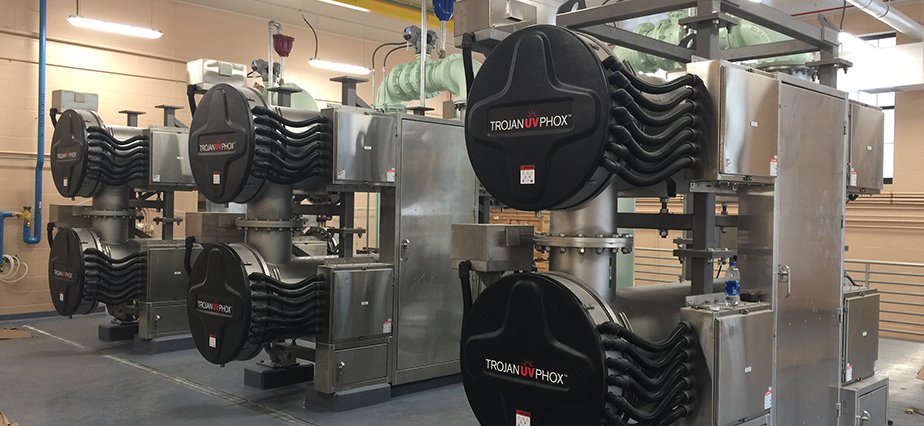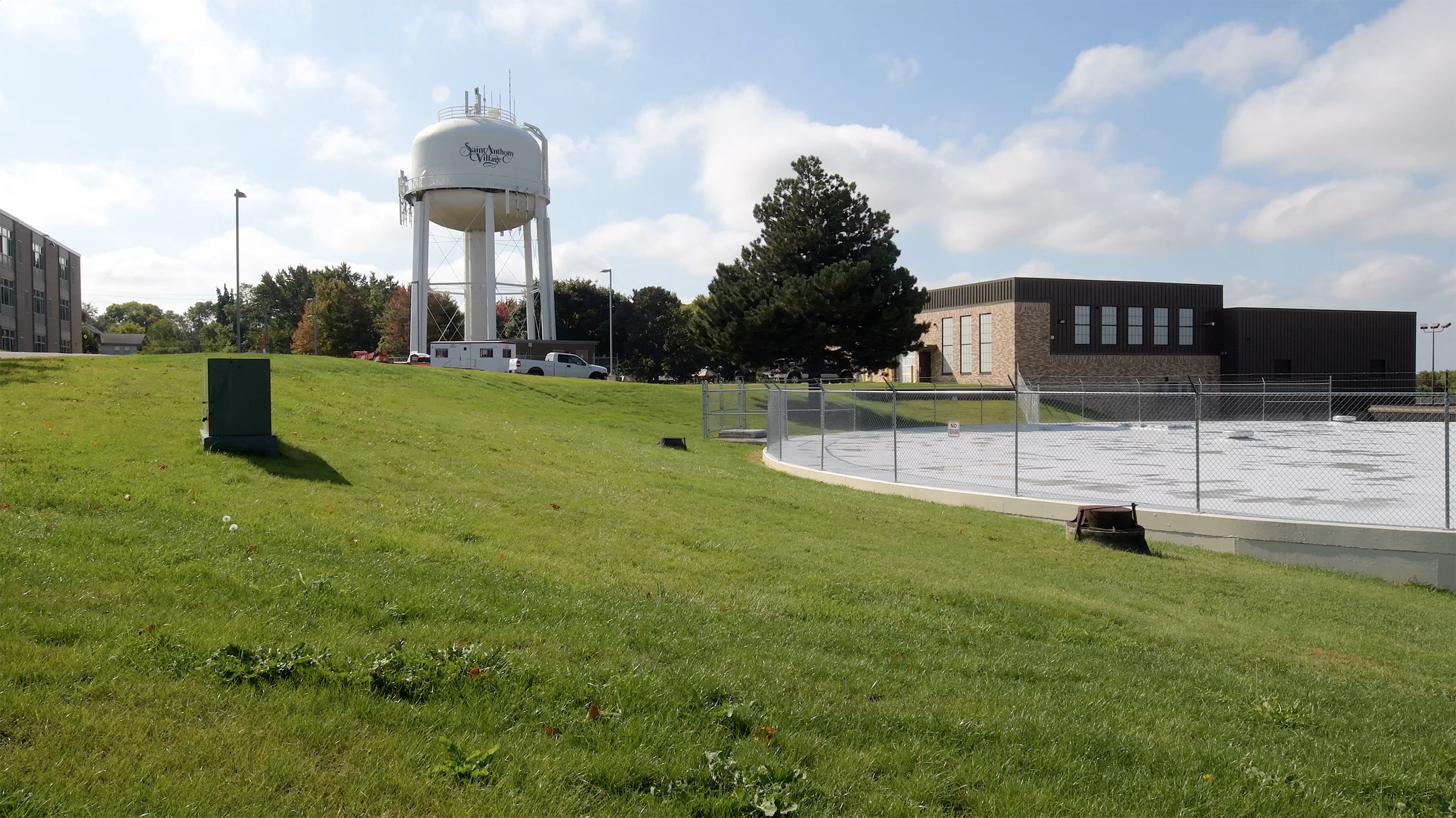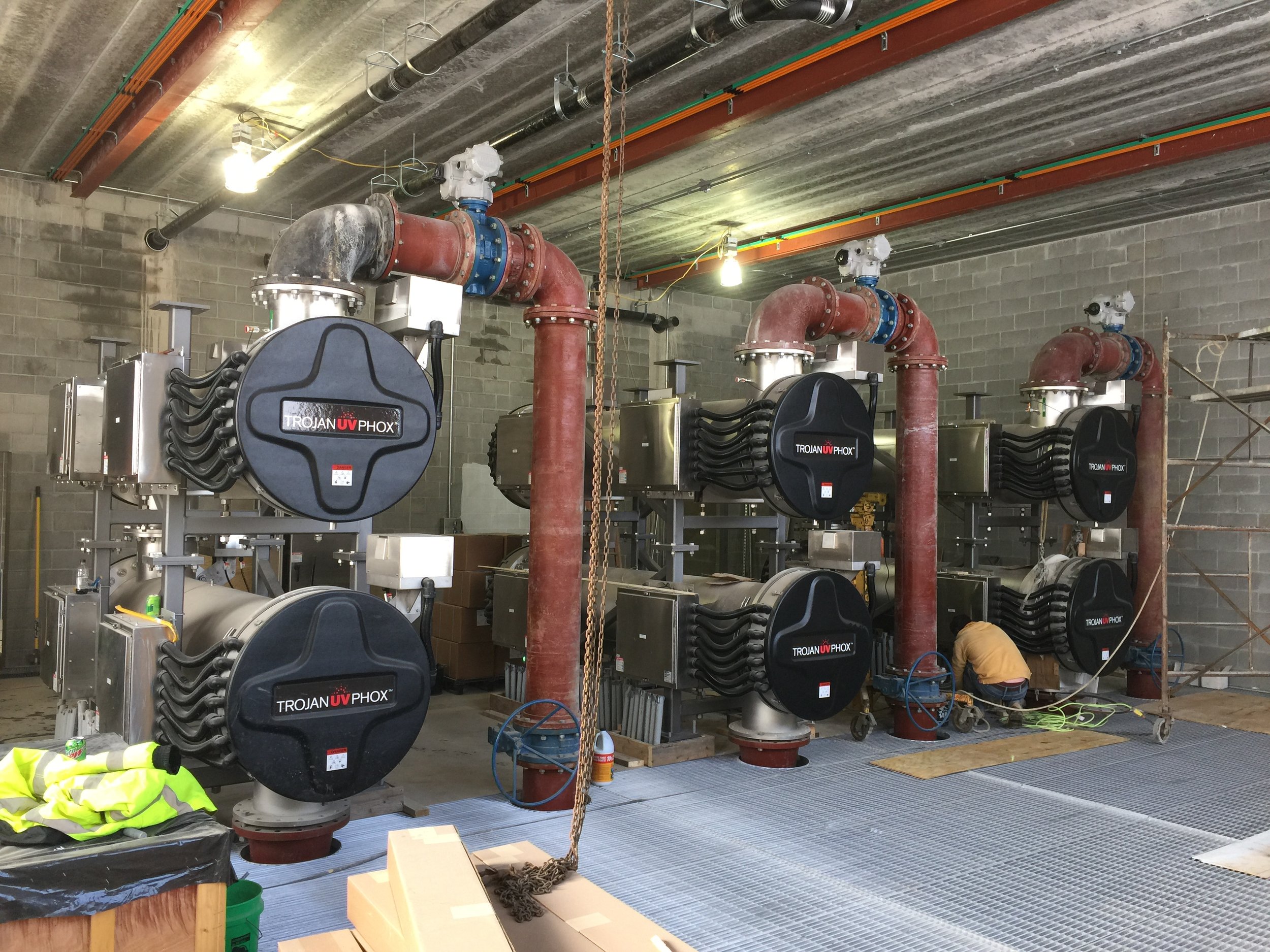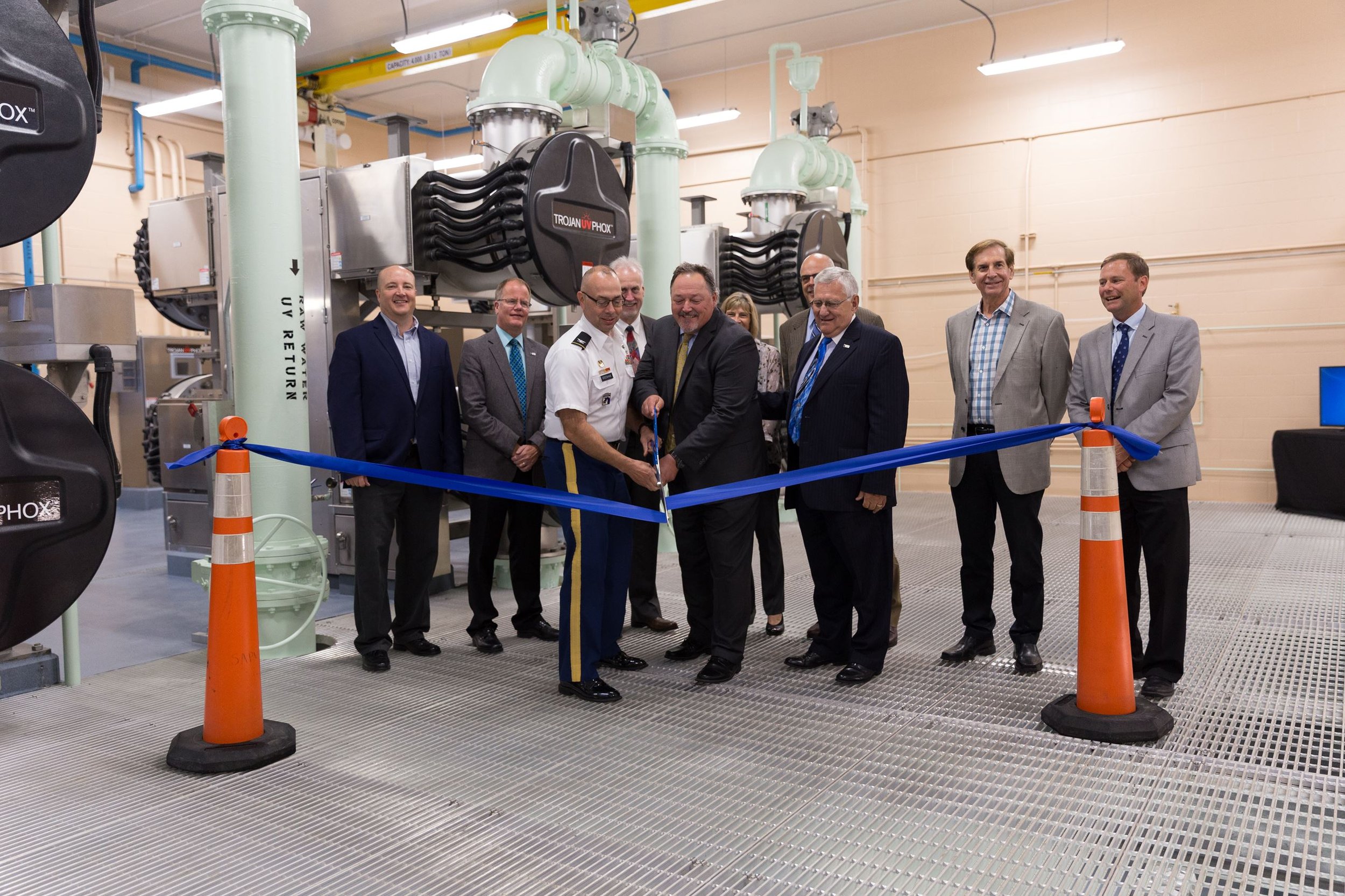ADVANCED OXIDATION PROJECT
St. Anthony Village, MN
ACKNOWLEDGEMENTS
Owner: Village of St Anthony
Engineer: WSB & Associates
Manufacturer: Trojan Technologies
Supplier: Great Northern Environmental
General Contractor: Gridor Construction
PROJECT BACKGROUND
As early as the 1940’s, chemicals and other wastes were being disposed of in the region by the Twin Cities Army Ammunition Plant (TCAAP). In 1987, TCAAP was positively identified as the source of Volatile Organic Compounds (VOC) contamination in several community water supplies. The contamination at the time consisted of Trichloroethylene (TCE). Trace amounts of 1,4 Dioxane were discovered in 2015 by the City of St Anthony Village and neighboring communities. 1,4 Dioxane is a chemical stabilizer added to chlorinated solvents to prevent their acidification and breakdown.
PROJECT HIGHLIGHTS
St Anthony Village is the 35th public water system in North America to specifically treat 1,4 Dioxane using Advanced Oxidation with UV-Peroxide.The six (6) Trojan UVPhox Reactors each contain 144 low-pressure high-output UV lamps. The overall system can remove more than 99% of 1,4 Dioxane at Peak Flow Conditions of 3,000 GPM. Due to its high solubility and limited sorption to soils, natural degradation of 1,4 dioxane in water is limited. Further, it’s low Henry’s Law Constant makes 1,4 dioxane resistant to traditional treatment methods used for removal of VOC’s.













